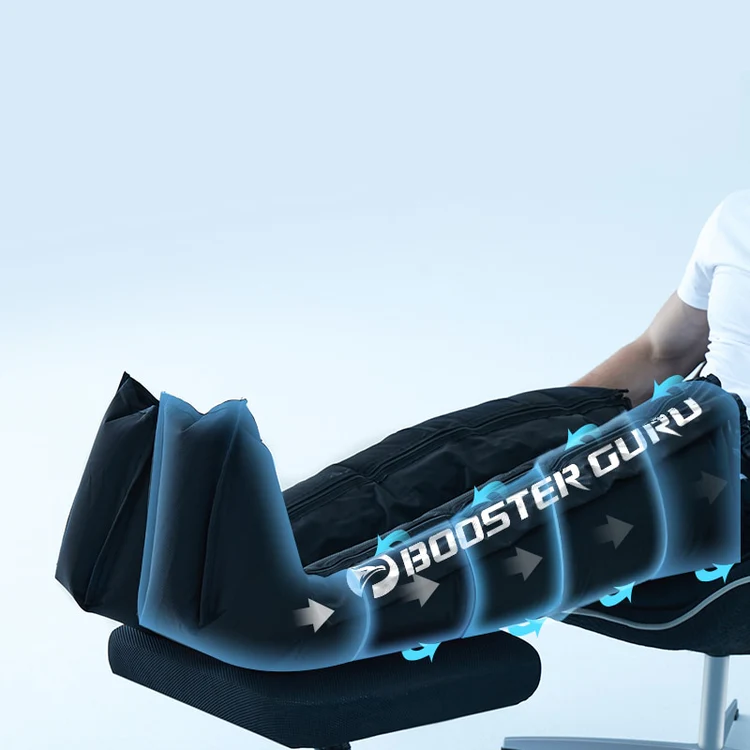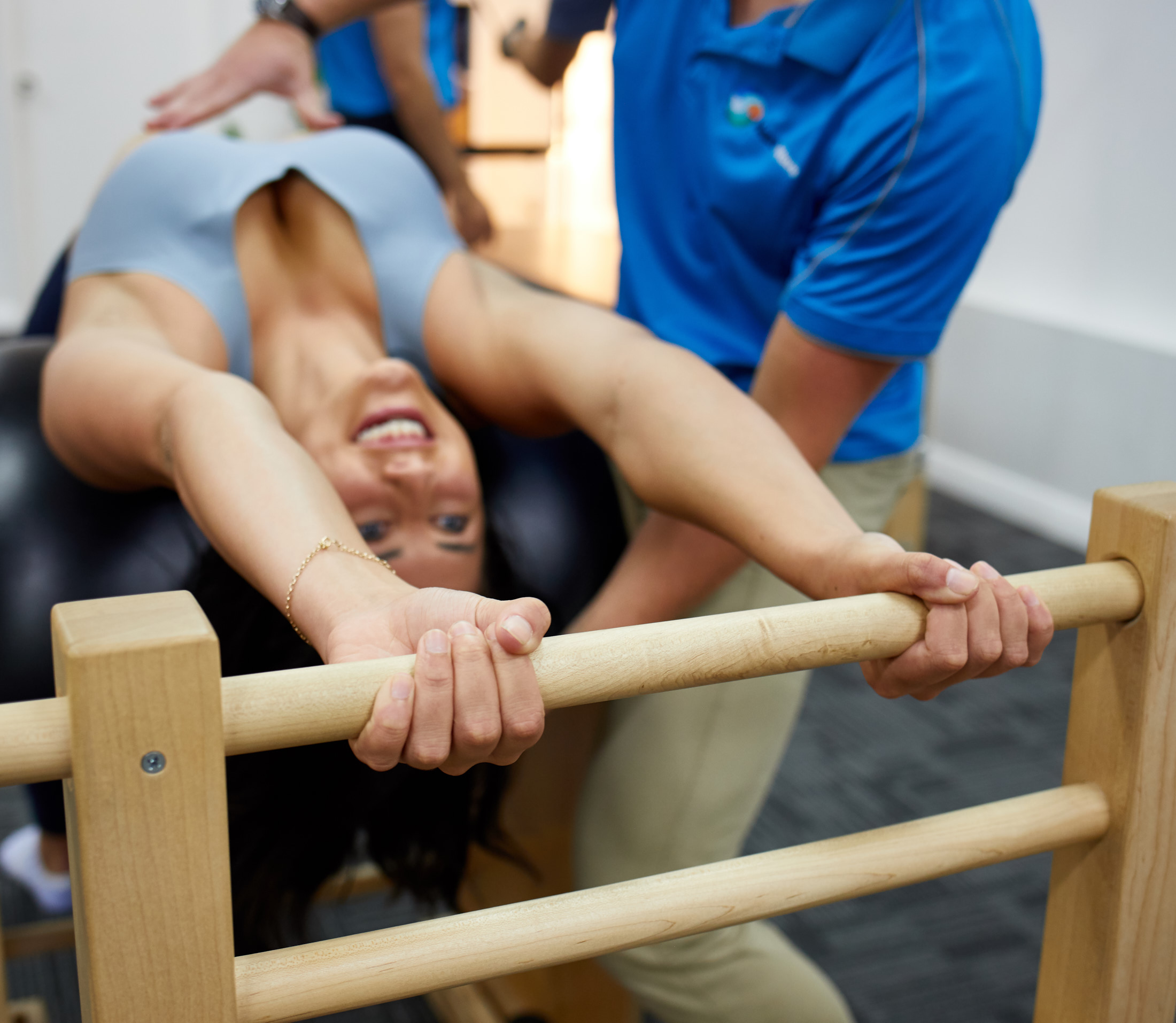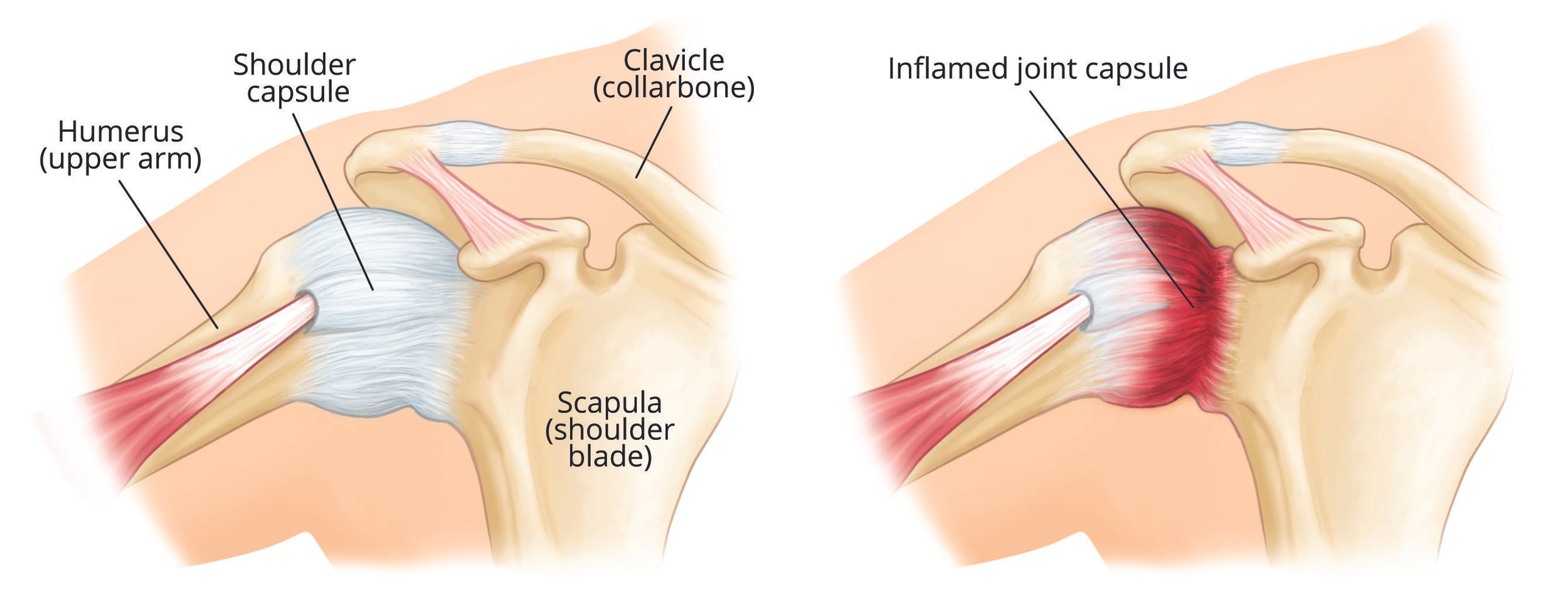The Low Down on Pelvic Health Physiotherapy
A lot has changed since the first International Women’s Day in 1911, including our knowledge and ability to help improve the pelvic health of all women and men.
What is Pelvic Health Physiotherapy for?
Pelvic health physiotherapists have a special interest in, and postgraduate training around the many pelvic health issues that an individual can face across their lifespan.
Pelvic floor muscles lie at the bottom of the pelvis like a mini-hammock, supporting the pelvic organs and controlling their outlets. The organs inside the pelvis are the bladder, rectum and uterus (in women). Pelvic floor muscles have many important functions such as: bladder and bowel control, sexual function and support for the pelvic organs.
Pelvic health problems greatly impact an individual’s quality of life. Research has shown that up to 80% of cases can be helped or cured with a conservative approach, involving a pelvic floor muscle program and advice on good bladder and bowel habits.
The biggest problem is, that women often put these health concerns at the bottom of their priority list! It takes, on average, 8 years for a woman to seek help for a pelvic health problem.
Pelvic Floor Problems are common
-
1 in 3 women will experience incontinence at some time in her life
-
Prolapse affects 50% of women who have had a baby
-
Most men will leak urine for some time after prostate surgery. Did you know physiotherapy before and after surgery can help bladder control?
-
Pelvic pain affects 1 in 5 women, and 1 in 10 men. Did you know pelvic pain and over-tight pelvic floor muscles respond to special relaxation exercises that your physiotherapist can teach you?
Who’s more at risk of developing pelvic floor problems?
-
Women who are pregnant or have recently had a baby.
-
Women who have ever had a baby
-
Women who are going through, or have been through menopause
-
Women who have had gynaecological surgery (eg. Hysterectomy.
-
Men who have had prostate surgery
-
Elite athletes such as gymnasts, runners or trampolinists
What are additional risk factors for pelvic floor problems?
-
A history of back pain
-
Previous trauma to the pelvic region such as a fall or pelvic radiotherapy.
-
Ongoing constipation (regularly straining to empty your bowels.
-
A chronic cough or sneeze (hayfever, asthma, smoking)
-
Being overweight or obese
When is Pelvic Floor Physiotherapy needed?
Physiotherapy can help if you have any of the symptoms listed below. These are really common issues that people have. But they are not normal.
-
Leaking when you sneeze, cough, run or laugh.
-
Rushing to get to the toilet on time, and/or leaking before you can get there.
-
Pressure or heaviness in your pelvis area.
-
Pain when you wee.
-
Constipation or straining.
-
Lower back or pelvic spasm.
-
Discomfort during sexual intercourse.
How can physiotherapy help pelvic floor problems?
A physiotherapy initial assessment involves taking a thorough history to assess all the factors that may be contributing to a problem, including the ability to perform a correct pelvic floor muscle action. This can be done fully clothed, using our Real-Time Ultrasound machine. Real-Time Ultrasound allows a detailed look at what’s happening inside your pelvis and helps form a diagnosis and plan to get on top of any issues.
In cases where a condition is related to the pelvic floor, bladder, bowel or pelvic pain in adults an internal examination may be recommended. This is the gold standard for assessing the strength of this musculature. This is discussed with an individual and any choice made regarding assessment is respected.
Following assessment, we will summarise in simple terms the factors that may be impacting on your problem. We design a treatment plan with you focusing on resolving pelvic floor problems and helping you achieve your goals.
Exercise Therapy Fun Fact
Whilst incorrect or repetitive heavy lifting can pose a problem for pelvic floor musculature, a recent study found that pelvic floor muscle training AND specific weight training provided earlier improvement in urinary incontinence in older women!
Get the lowdown on your pelvic floor health today.
The Next Wave Therapy approach involves a clear diagnosis, a collaborative treatment plan and incorporation of exercise therapy in line with current best recommendations for treating pelvic floor health issues.
This great site has more on how to put your pelvic floor first and can be used as an adjunct to a comprehensive assessment and personally tailored therapy plan devised by a Next Wave Therapy physiotherapist.
Reference
Janeisa Franck Virtuoso, Enaiane Cristina Menezes & Giovana Zarpellon Mazo (2019) Effect of Weight Training with Pelvic Floor Muscle Training in Elderly Women with Urinary Incontinence, Research Quarterly for Exercise and Sport, 90:2, 141-150, DOI: 10.1080/02701367.2019.1571674
Copyright Next Wave Therapy
Written by Erica Brotherton (Physiotherapist B.Sc.Post Grad. Cert Women’s Health) Erica has a special interest in women’s health, continence, sporting injuries and musculo-skeletal complaints. She has additional qualifications in Clinical Pilates, exercise based rehabilitation, antenatal and postnatal exercise and dry needling.








